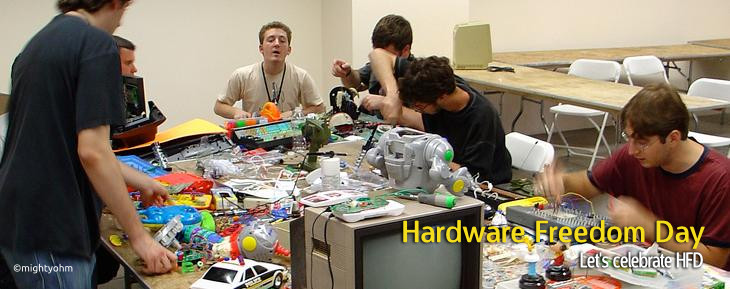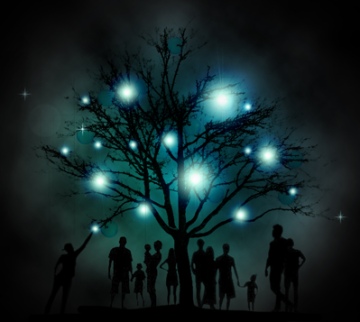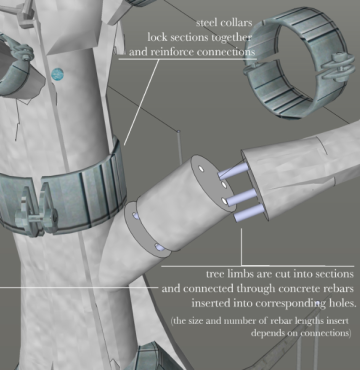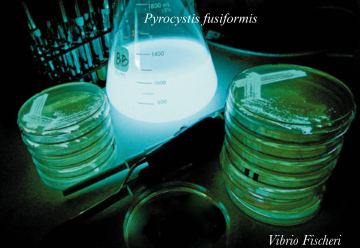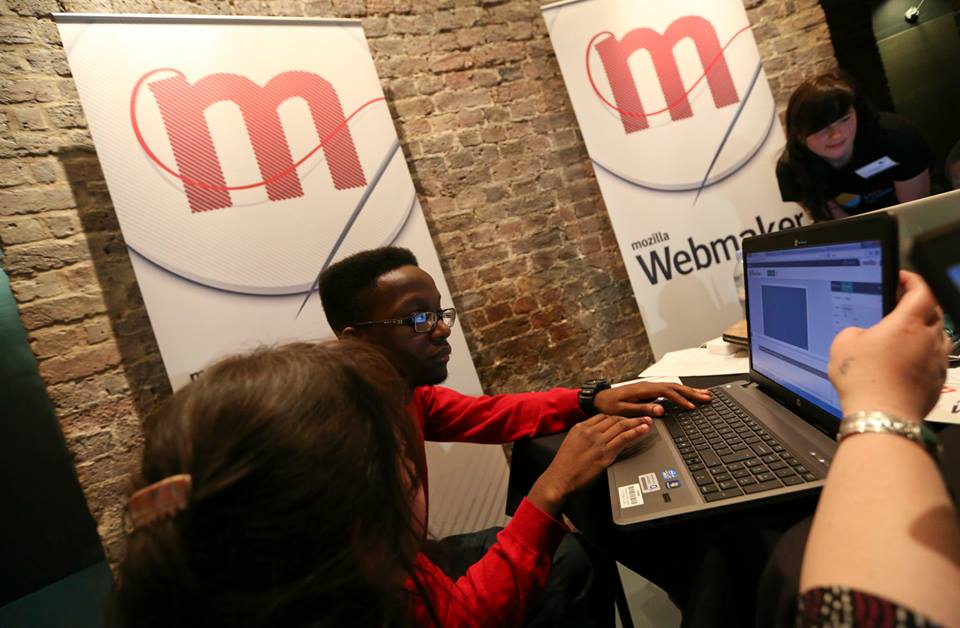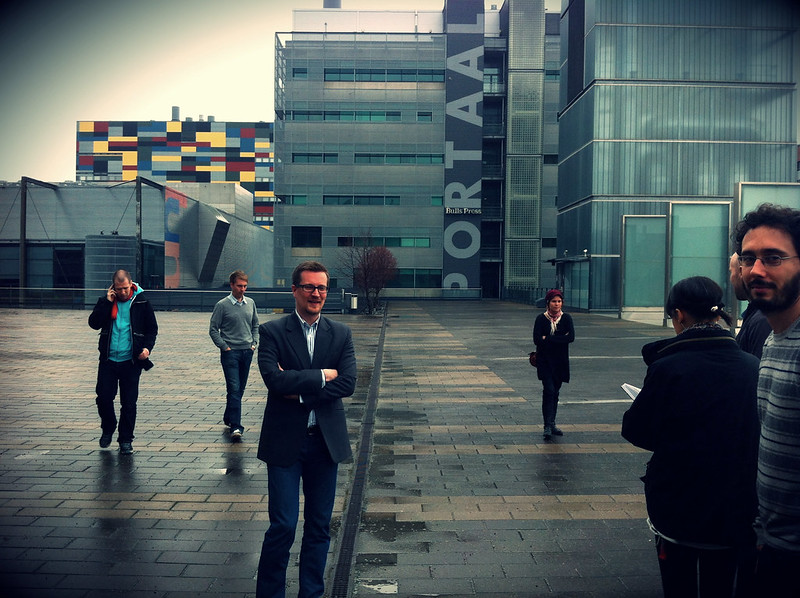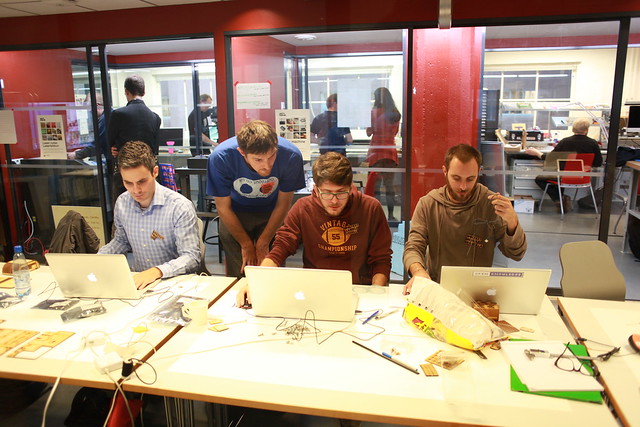Open Design Definition workshop at OKFestival 2014 in Berlin
Christian Villum - August 5, 2014 in Definition, Event, Featured
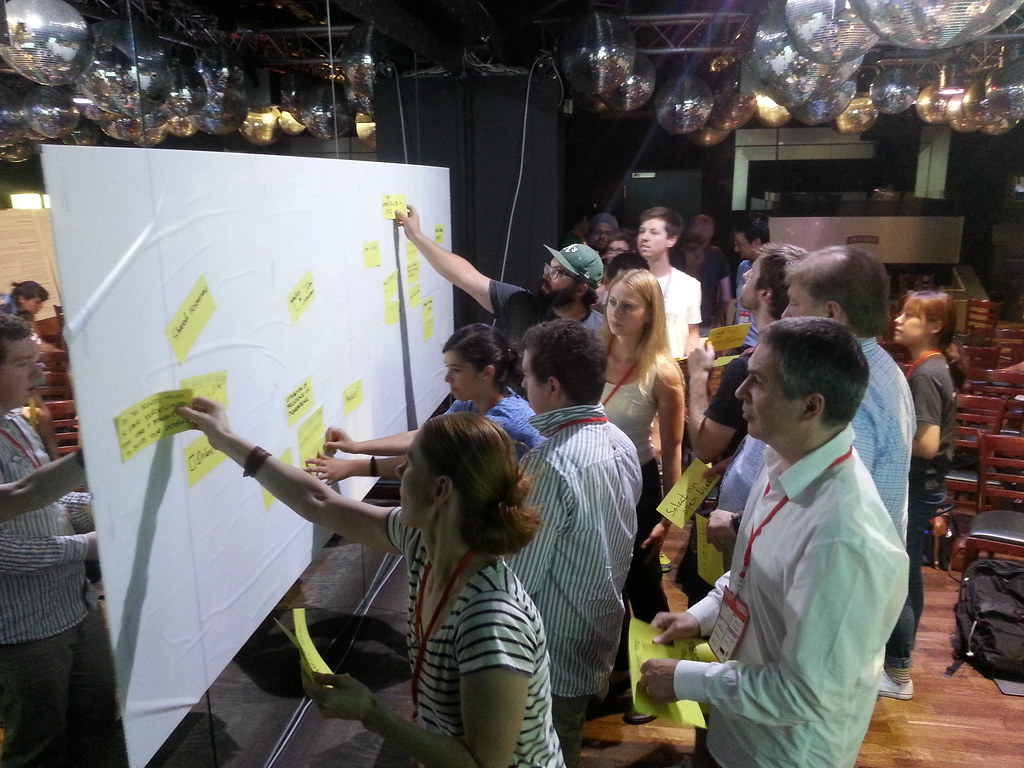
Photo by autofunk78, CC-BY-SA
At the recent OKFestival in Berlin, where over 1,000 open-everything enthusiasts and experts gathered for 3 days in the charming Kulturbrauerei, a workshop was held by the Open Design & Hardware Working Group to expand the Open Design Definition that had been booted in the months leading up to the festival. The idea with the workshop was to take a major step towards finalizing a first version for publication (v1.0) and also involve more people in the process.
In the rather compact 1-hour session we were joined by approximately 25 people, who all contributed valuable inputs throughout the process lead by Peter Troxler with support from Sanna Martilla and Christian Villum (Massimo Menichinelli, who initiated the idea to have a workshop at OKFestival unfortunately could not make it).
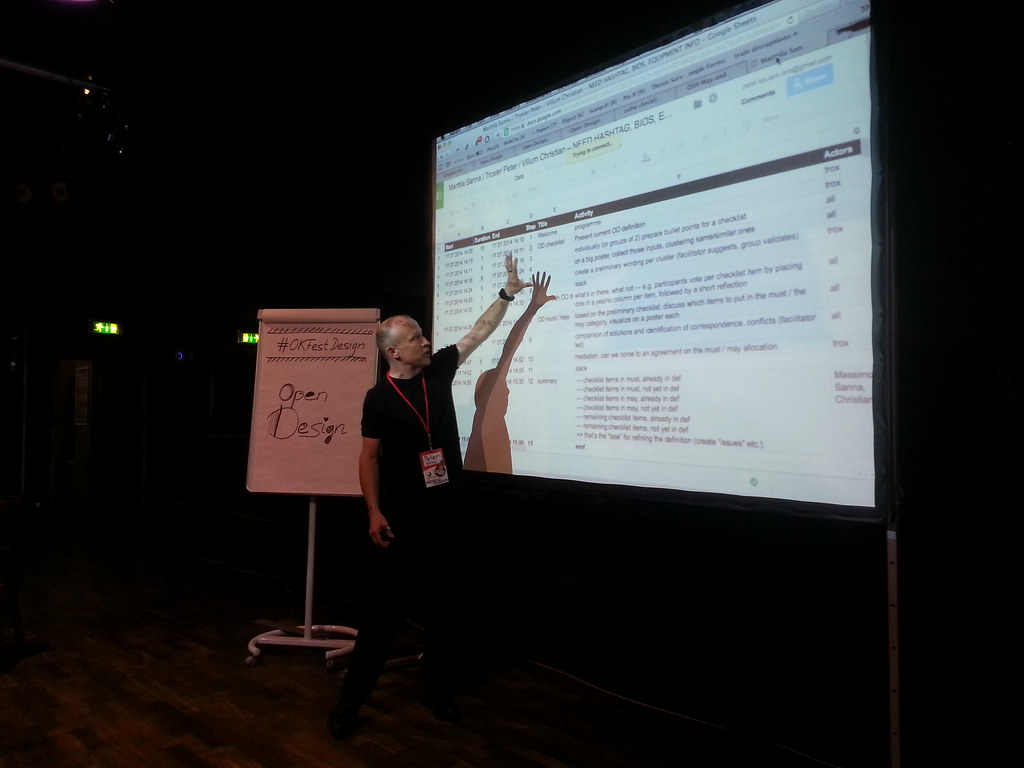
Photo by autofunk78, CC-BY-SA
First step was to develop an Open Definition checklist inspired by the Open Source Hardware Association’s Quick Reference Guide. Participants went into small groups to brainstorm important criteria for the checklist and these criteria (on post-it notes) were then placed on a big wall and organized into clusters.

Photo by autofunk78, CC-BY-SA
Open Design Definition Workshop @ OKFestival 2014 [Part 1] from Christian Villum on Vimeo.
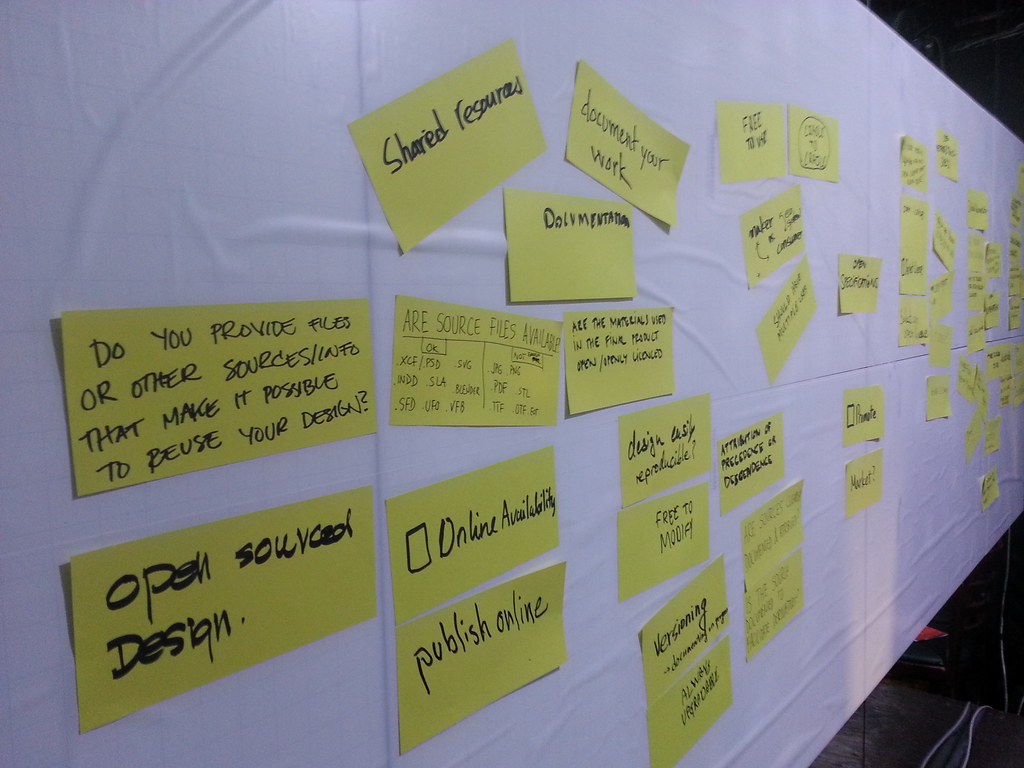
Photo by autofunk78, CC-BY-SA
The result of this was compared with what was already in the draft of the Open Design Definition and afterwards voted on by placing dots in a yes/no column, followed by a short reflection on the reasoning.
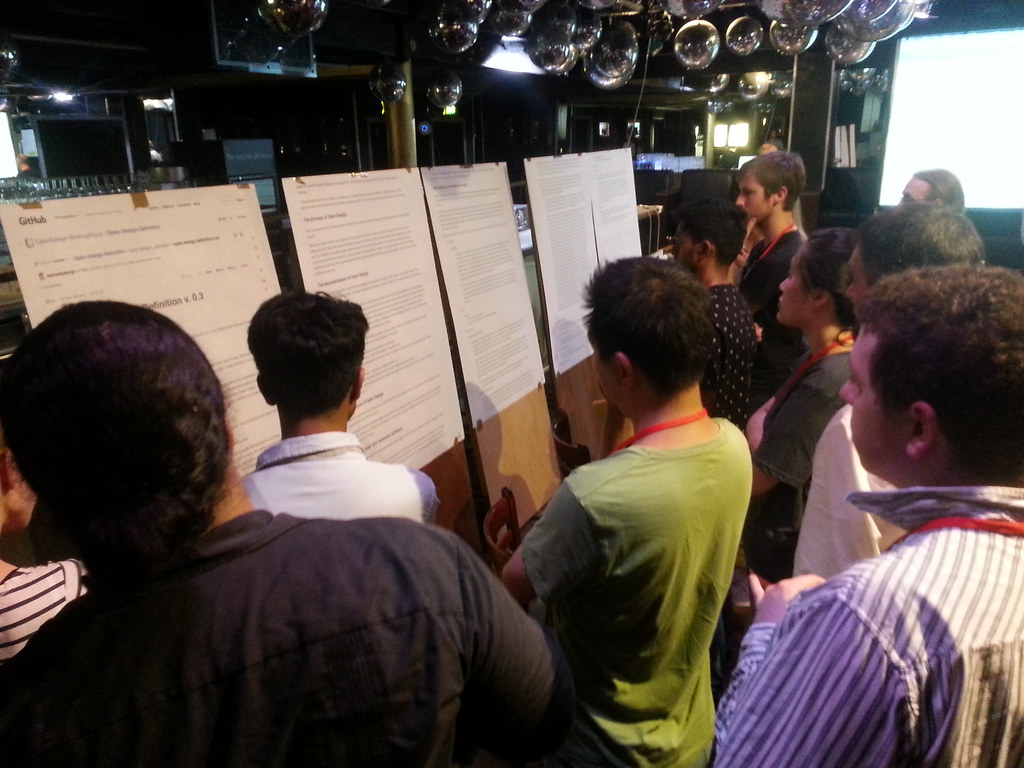
Photo by autofunk78, CC-BY-SA
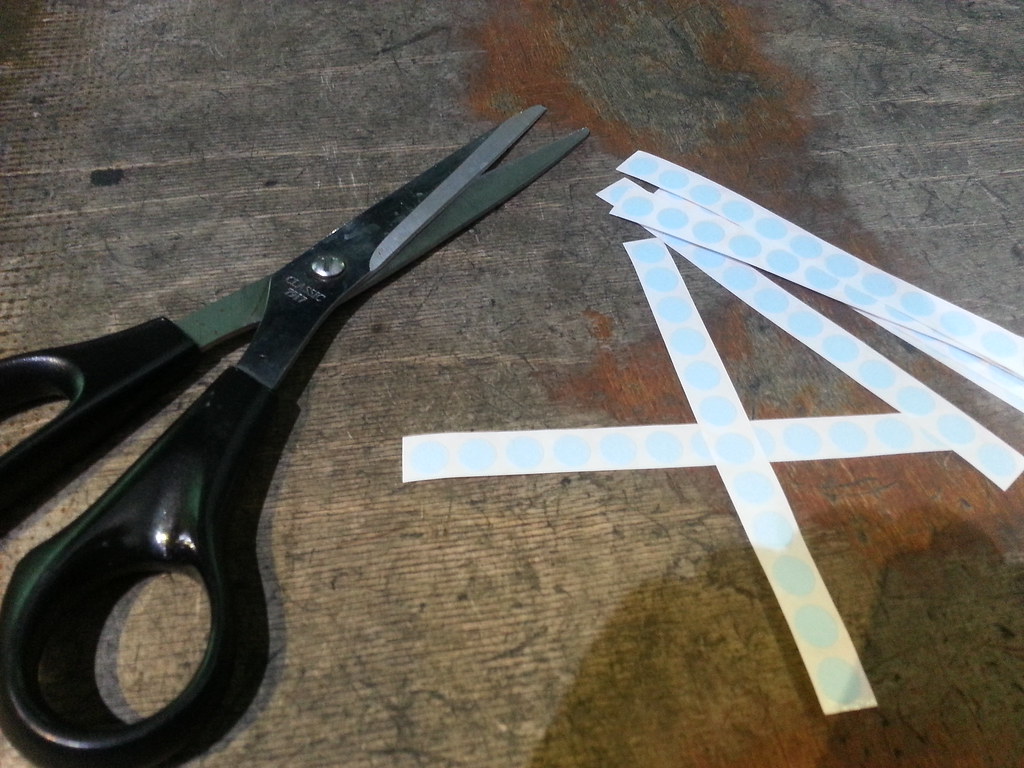
Photo by autofunk78, CC-BY-SA
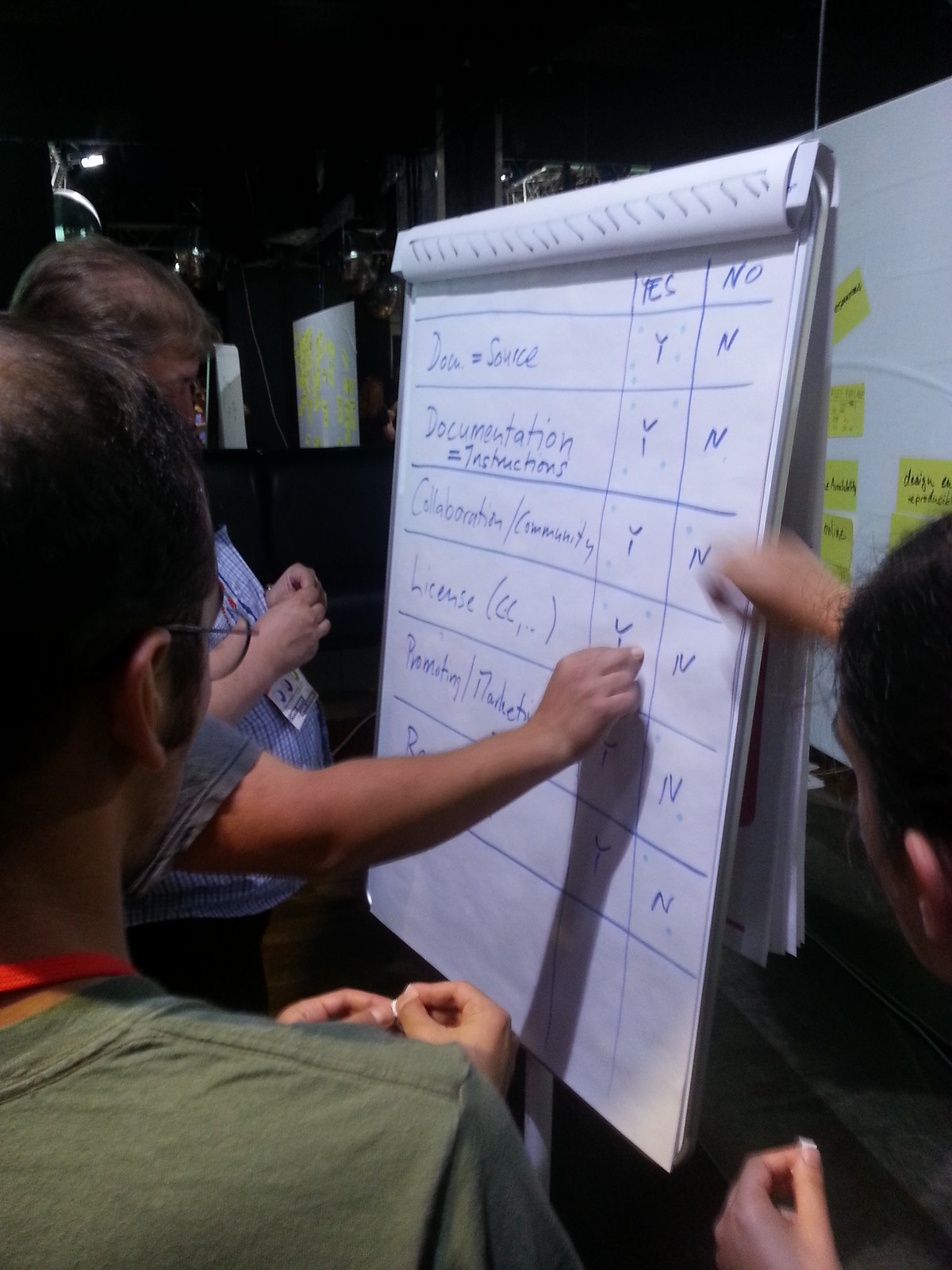
Photo by autofunk78, CC-BY-SA
Lastly, participants divided into three groups to discuss items to include as “must” criteria and items to include as “may” criteria — again inspired by OHSWA work.
Open Design Definition Workshop @ OKFestival 2014 [Part 2] from Christian Villum on Vimeo.
Open Design Definition Workshop @ OKFestival 2014 [Part 3] from Christian Villum on Vimeo.
The notes from each of these phases in the workshop can be seen in this etherpad [Note: These will be migrated to the OKFestival wiki soon]. They will now be transformed into tasks and added to the Open Design Definition github repo and subsequently the work to amend them will commence.
Further discussion is encouraged! Did we leave out something important? Is there something in the notes that you want to comment on? Feel free to get in touch on the working group discussion list. Also, if you would like to see more photo, check out this gallery.

